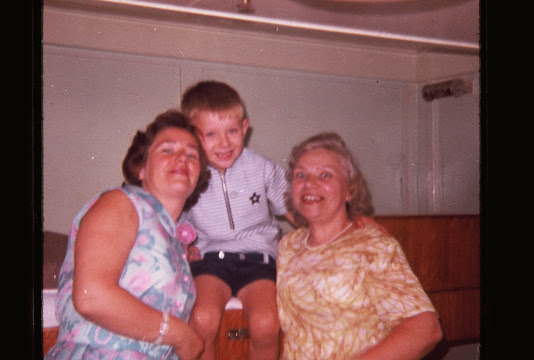What Was the Compromise of 1850? by Mike Streich
The 31st Congress was called to order December 3, 1849. After weeks of sorting through petitions, Henry Clay of Kentucky presented eight resolutions designed to “settle and adjust amicably all existing questions of controversy…arising out of the institution of slavery.” The Senate began debating his resolution the following Tuesday, February 5, 1850. By the adjournment of the Senate that summer, the “Compromise of 1850” was law, sectional tension was higher, and one of the great Senate thinkers, John C Calhoun, had died.
The Resolutions of Henry Clay
California would be admitted as a free-soil state based on its state constitution
Congress should not introduce or “exclude” slavery in any of the new territories
The western boundary of Texas should conform to the Rio del Norte
The U.S. government will pay Texas pre-annexation monetary claims
Texas will “relinquish…any claim which is has to any part of New Mexico
Slavery will continue to exist as an institution in the District of Columbia as long as it exists in Maryland
The sale or slave trade within the District will be abolished
A stronger “fugitive slave” provision be enacted
Congress has “no power to prohibit or obstruct the trade in slaves between slaveholding States…
Debating the Resolutions
Although Senator Clay envisioned a compromise designed to give the North and the South some measure of satisfaction, it stirred up a hornet’s nest of often angry debate. Many senators proposed amendments favorable to their constituencies. Senator Pratt of Maryland argued for federal compensation to slaveholders that lost income resulting from fugitive slaves. Jefferson Davis of Mississippi favored extending the 1820 Missouri Compromise line to the Pacific.
John C. Calhoun, whose speech was read by Virginia’s Senator Mason, called for a constitution amendment establishing two sectional Presidents. Calhoun, already frail, died in March. William Henry Seward’s speech referred to a “higher law” that superseded the Constitution in terms of slavery. Both Seward and Salmon Chase of Ohio urged the adoption of the Wilmot Proviso. Stephen Douglas of Illinois supported the resolutions in an attempt to assuage sectional discord. Although representing a Northern state, Douglas owned slaves himself through his second marriage.
Although President Zachary Taylor urged the speedy admittance of California into the Union, he opposed the expansion of slavery into the other territories. According to Historian Frederick Merk, “Taylor would have met any southern move toward secession at the head of the United States army.” Taylor, however, died in July and the new President, Millard Fillmore, supported the resolutions.
Results of the Compromise
Passage of the separate bills was due in large part to the efforts of Stephen Douglas, who maneuvered the legislation through Congress after Clay returned to Kentucky. Southerners, for the most part, viewed the Compromise with disdain and in four southern states, conventions met to consider secession.
Northerners also opposed parts of the Compromise, most notably the new Fugitive Slave Act. Both New York and Wisconsin attempted to nullify this act, without success. The issue of extending slavery beyond those states in which the institution already existed would dominate political and sectional thought for the next decade and act as a catalyst in the eventual outbreak of war.
Sources:
William W. Freehling, The Road to Disunion: Secessionists at Bay 1776-1854 (Oxford University Press, 1990).
Frederick Merk, History of the Westward Movement (Alfred A. Knopf, 1978).
Journal of the United States Senate, 31st Congress, The Library of Congress, “American Memory”



